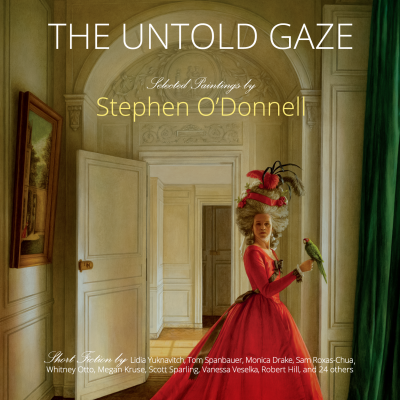"Mrs. Vernon Castle who set to-day's fashion in outline of costume and short hair for the young woman of America. For this reason and because Mrs. Castle has form to a superlative degree (correct carriage of the body) and the clothes sense (knowledge of what she can wear and how to wear it) we have selected her to illustrate several types of costumes, characteristic of 1916 and 1917." – Emily Burbank,
Woman as Decoration, 1917.
 |
| See the magazine page below. |
 |
| See the magazine page above. |
 |
| Photographed by Baron de Meyer. |
*
Irene Castle (née Foote, 17 April 1893 in New Rochelle, New York - 25 January 1969, Eureka Springs, Arkansas), American dancer and actress, famous as half of the dancing pair Vernon and Irene Castle. The daughter of a physician, she studied dancing and performed in several amateur theatricals before meeting Vernon Castle in 1910. The following year, a month after she turned eighteen, the two were married and, soon after, they traveled to Paris, booked to perform in a dance revue. The show closed quickly, but the couple was then hired as a dance act by the Café de Paris. They performed the latest American ragtime dances, and were soon the rage of Parisian society.



Their success was widely reported in the United States, and when they returned home, their success was repeated on a far wider scale. They were immediately in demand everywhere and quickly became staples on Broadway. In 1914, the couple opened a nightclub called "Castles by the Sea" on the Boardwalk in Long Beach, New York, a restaurant, "Sans Souci", and a dancing school called "Castle House". At the latter, they taught New York society the latest dance steps - Foxtrot, Maxixe, Bunny Hug, Tango, Hesitation Waltz, Turkey Trot, Castle Walk - by day, and greeted guests and performed at their club and cafe at night. They also were in demand for private lessons and appearances at fashionable parties. They wrote a best-selling book on dancing and appeared as themselves in films.
The Castles were trendsetters in a number of arenas. Their elegance and respectability encouraged the acceptance of styles of dancing previously found rather "fast". And their performances were often set to ragtime and jazz rhythms, which helped bring African-American music to a white audience; their orchestra was made up of black musicians. Irene also became a major fashion trendsetter, her picture in all the papers, dressed by the famous couturier Lucile or in clothes she'd designed herself. She's also credited with bringing bobbed hair to America, as early as 1913-14, long before it became the dominant trend of the next decade. And beginning in 1917, she made eighteen films - most of which are lost - the last of which was
Slim Shoulders in 1922.
 |
| In her first film role, Patria, 1917. |
 |
During World War I. "Mrs. Vernon Castle in her 'preparedness suit.' This is made on strictly mannish lines, and
has no trimming whatever. She is shown here wearing the emblem of the British Royal Flying Corps, which was
sent her by her husband, who is an aviator in this division. The suit is of covert tan cloth." |
When the First World War began, Vernon, who had been born in England, was eager to fight. Receiving his pilot's certificate in early 1916, he sailed to England and enlisted in the Royal Flying Corps. Over the Western Front, he completed three hundred combat missions, and was awarded the
Croix de Guerre. He was then posted to train new pilots, first in Canada and then near Fort Worth, Texas where, during a training flight in 1918, his plane crashed and he died soon after; he was only thirty.
 |
Stylish even in widowhood; wearing white mourning in Vogue magazine, photographed by Baron de Meyer, 1918.
|
 |
| Back being a fashion plate, a year after Vernon's death. |
For several years after Vernon's death, Irene continued making films, continued appearing in magazines, an icon of fashion. She married three more times; she had two children with her third husband. In 1939, Fred Astaire and Ginger Rogers made their final RKO film together,
The Story of Vernon and Irene Castle. Irene served as technical advisor, but soon clashed with the production over the film's inaccuracies, from Rogers' un-bobbed, blonde hair, to the casting of the white Walter Brennan to play the couple's friend and servant Walter, who was black. She published the story of her life with her first husband, "Castles in the Air", in 1958. From the end of the Twenties she became a staunch animal-rights activist, a cause she was passionate about until the end of her life. She died at her Arkansas farm at the age of seventy-five, and was interred next to Vernon at Woodlawn Cemetery in New York City.







